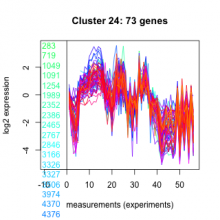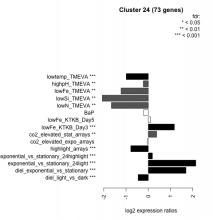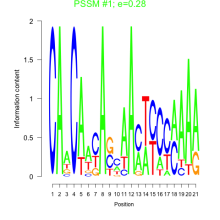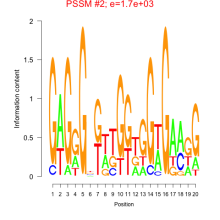33231 PLN02779Thalassiosira pseudonana
| Chromosome | Product | Transcript Start | End | Strand | Short Name | |
|---|---|---|---|---|---|---|
| 33231 | chr_3 | PLN02779 | 710172 | 711125 | + | PLN02779 |
| NCBI ID | Ensembl Genomes exon ID |
|---|---|
| 7444731 | Thaps33231.1 |
| Expression Profile | Conditional Changes | Cluster Dendrogram | Discovered Potential cis-Regulatory Motifs |
|---|---|---|---|
Thaps_hclust_0024 |
 |
 |
   |
| Normalized Mean Residue | Discovered Potential cis-Regulatory Motifs | |
|---|---|---|
|
Thaps_bicluster_0118 |
0.28 |
 0.28  1700 |
| T. pseudonana | P. tricornutum | P. tricornutum DiatomCyc | F. cylindrus | Pseudo-nitzschia multiseries | E. huxleyi | C. reinhardtii | A. thaliana | P. sojae |
|---|---|---|---|---|---|---|---|---|
| Not available | PHATR_13261 | PHATR_13261 | 259729 | 216403 | 428568 | Cre14.g623000.t1.1 | AT4G39970.1 | Not available |
| KEGG description | KEGG Pathway |
|---|---|
| Not available | Not available |

Add comment